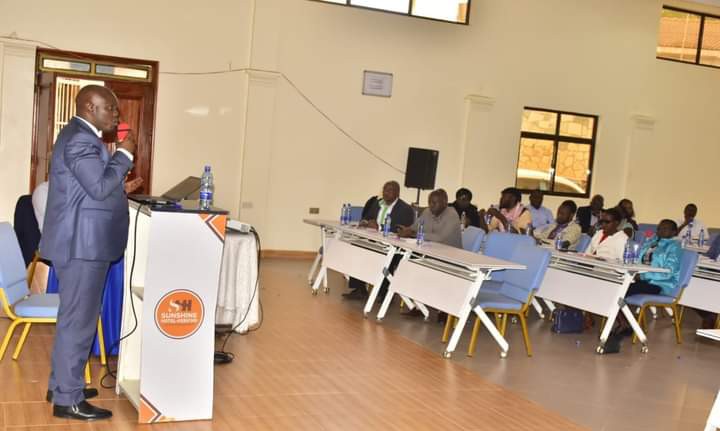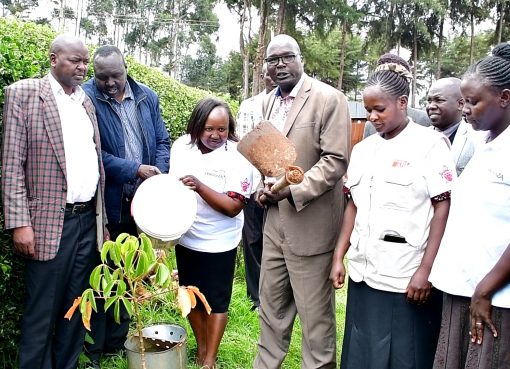The Kenya Demographic and Health Survey for Kericho County, disseminated by the Kenya National Bureau of Statistics, released data indicating an improvement in many of the health indicators in the county.
Kericho County Statistics Officer, Mr. Yusuf Shanko, who presented the 2022 Kenya Demographic and Health Survey for Kericho County, urged stakeholders to utilise the findings of the survey to improve service delivery to the people and to implement the Bottom-Up Economic Transformation Agenda.
The report indicated positive health indicators in Kericho, such as that 91 per cent of women delivered in a health facility, while only 9.1 per cent of women reported to have delivered from home.
Shanko mentioned that there has been an improvement in the mortality rate since 2003. Under-5 child mortality, for example, had 41 deaths per 1,000 births in 2003, and in 2022, there were 31 deaths per 1,000 births.
The survey further revealed an increase in women involved in decision-making, a decline in incidences of violence against women, the presence of teenage pregnancies, and a decline in the prevalence of non-communicable diseases,” explained Shanko.
According to the report, he revealed that 7 per cent of men and 2 per cent of women suffered from depression, while men and women suffered equally from high blood pressure at 2 per cent, saying the percentage could increase due to low health seeking behaviour.
On Gender-Based Violence, Shanko disclosed that 20 per cent of women in Kericho reported having experienced physical, sexual, or emotional violence, while 43 per cent never sought help after experiencing violence and only 12 per cent sought help after experiencing violence.
The objective of the county-level dissemination of the survey findings is to provide the stakeholders with up-to-date estimates of demographic and health indicators to guide the planning, implementation, monitoring, and evaluation of population and health-related programmes at the county levels.
Shanko said the survey analysed several indicators, which include maternal and newborn health, family planning, fertility, infant and child mortality, nutrition of children and adults, household water and sanitation, gender-based violence, Female Genital Mutilation and women’s empowerment.
“Key findings in the survey in which 900 households participated included improvements in maternal health indicators, an improved mortality rate, a reduction in chronic malnutrition, a decline in fertility rate, increased use of modern family planning methods, and a decrease in women giving birth out of a health facility.
The data dissemination meeting, which brought together economists, statisticians, financial experts, health officials, civil society, and other stakeholders, underscored the need for integrating the KDHS factsheet in any decision-making process.
Other stakeholders who graced the event included Kericho County Executive Committee Member for Finance and Economic Planning, Mr. Leonard Ngetich, and Chief Officer for Economic Planning, Mr. Alphonce Rotich.
By James Kipees





